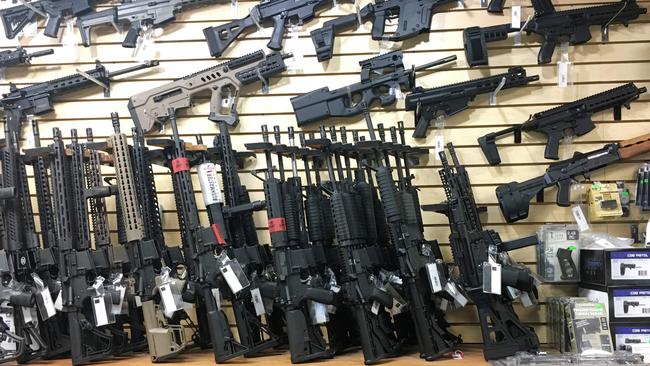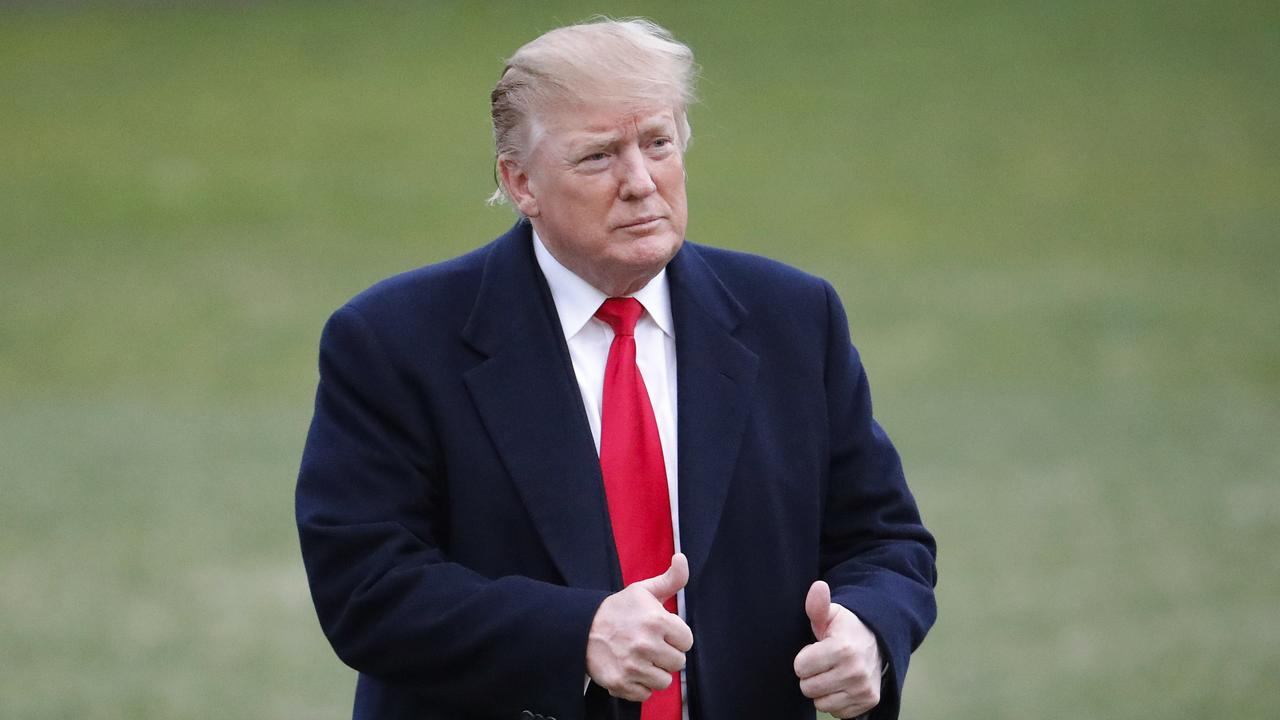Howard’s gun ban lowered Australian firearm deaths by two-thirds

Yet again, expressions of outrage about the Las Vegas massacre predictably are being matched by national despondency that no US government will lift a finger to prevent more of these happening.
Neither the largest gun death toll in US modern peacetime history (273 gun mass shootings in 275 days) culminating in the events of this week, nor the bullet-butchering of 20 six and seven-year-old children in Sandy Hook elementary school in Connecticut in 2012 apparently cut the mustard with those who might act.
A ghoulish exercise might involve polling US citizens to calibrate the level of depravity that might draw a line in the sand on this inaction. How about a series of Anders Breivik-style serial slaughters of kids at summer camps? A veterans’ march mown down by a rejected military recruit? A crowded junior prom hall laid out by a dateless class loner? Another six Las Vegas-style incidents? All of the above would hardly surprise the world, which watches in disbelief.
Pure evil, as Donald Trump described the killer, is inevitably found in every country. But when evil men (and it is almost always men) have easy access to rapid-fire lethal weapons — those invariably chosen by pathetic fantasists wanting to make their mark — the outcomes are predictable.
Rapid-fire weapons turn nasty incidents into massacres. We don’t get drive-by stabbings. A man running amok in a crowded space with a knife, machete or baseball bat may kill a few and injure some more. But who would rather not take their chances against an assailant with a knife than one with a sub-machinegun?
In 1996, the Australian government, led by arch-conservative prime minister John Howard, discovered a vaccine against gun massacres. Six days after a misfit shot dead 35 people at Tasmania’s historic Port Arthur tourist site, all civilian access to semiautomatic rifles and pump-action shotguns was outlawed by the National Firearms Agreement.
In the 18 years between 1979 and April 1996, Australia experienced 13 massacres (defined as five or more victims, not including the perpetrator) in which 104 people died. In the 21 years and five months since the Port Arthur massacre and the passage of the law reforms that followed swiftly afterwards, we have seen precisely none.
Like the Las Vegas killer, the Port Arthur killer had no record of violent crime. Like all but two of Australia’s mass killers before him, he was a “law-abiding gun owner”. Solutions predicated on predicting who will later be violent have eggshell-thin evidence supporting them.
A 2013 study of 27 developed nations found “the number of guns per capita per country was a strong and independent predictor of firearm-related death”. The authors say their study “debunks the widely quoted hypothesis that guns make a nation safer”.
Polling at the time of Australia’s law reforms indicated 90 per cent of Australians wanted serious changes introduced. Our National Rife Association-equivalent gun lobby could fire only political blanks at this. The ban imposed a time-limited income tax levy to enable the market price buyback of about 750,000 now banned weapons. Self-defence also was declared an unacceptable reason for purchasing any gun and all licensed shooters henceforth needed affiliation with a sports shooting club or authorisation from landowners to hunt.
Australia and the US share many cultural affinities. Firearm ownership is common here but is not unbridled as it is in the US. The US has 13 times Australia’s population, 134 times our total firearm death rate and 27 times our gun homicide rate.
Australia’s gun law reforms were introduced explicitly to reduce the likelihood of mass shootings. In that they are a triumph. But the removal of about 750,000 semiautomatic and rapid-fire weapons from the community may have had collateral benefits on trends in non-mass firearm deaths as well.
Australia’s 104 victims of mass shootings represent a small fraction of people intentionally shot dead in Australia between 1979 and today.
For every person shot in a mass killing, 139 others commit suicide or are murdered with guns in incidents in which fewer than five people died (most typically one or two). Not only did massacres stop but there was also significant change in the pre-existing downward trends for rates of total firearm deaths. From 1979 to 1996, the average rate of total firearm deaths was 3.6 per 100,000 population, whereas from 1997 to 2013 (after gun law reforms) the mean rate was 1.2 per 100,000 population.
Australia is a far safer place now than it was in the 1990s and in previous decades. The US seems determined to move in the opposite direction.
Simon Chapman is emeritus professor in public health at the University of Sydney. He pioneered John Howard’s gun buyback program.



To join the conversation, please log in. Don't have an account? Register
Join the conversation, you are commenting as Logout